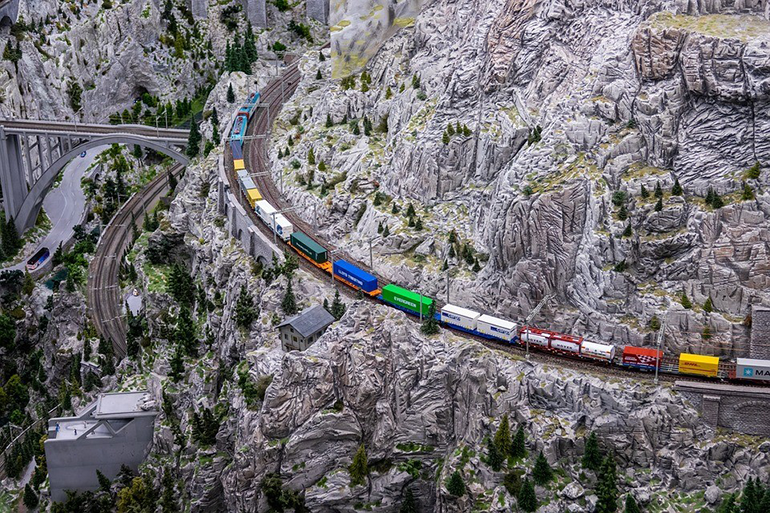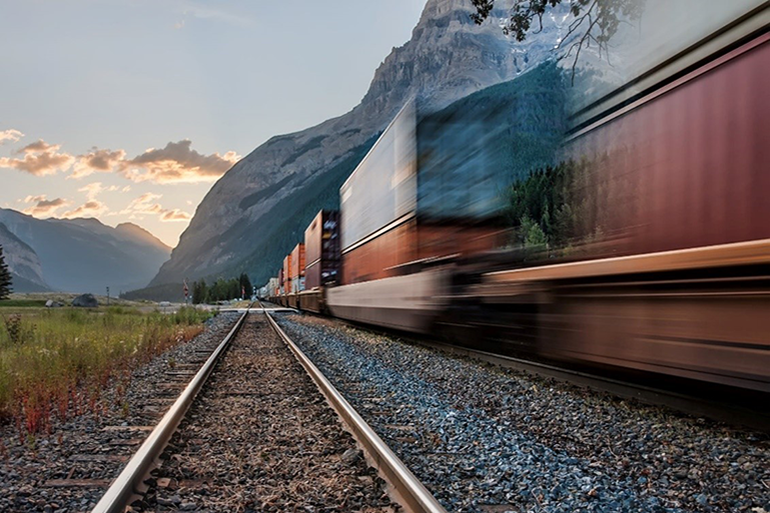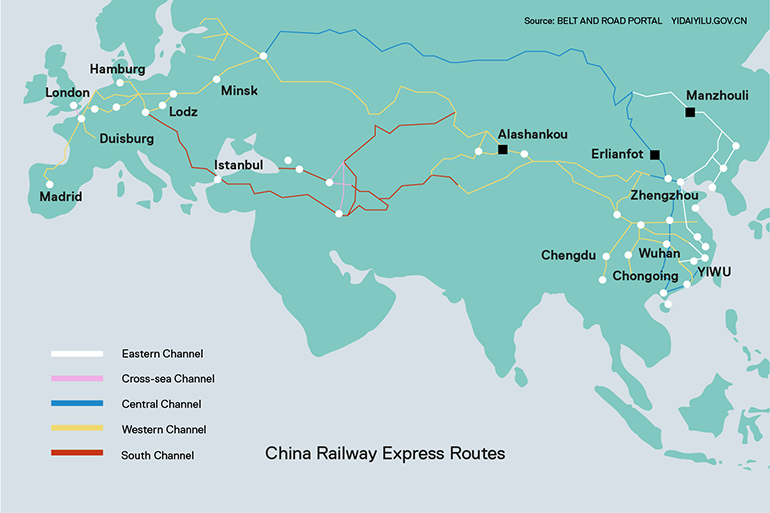
Probably everyone is aware that China is the world’s biggest producer, it accomplished a total of $3.36 trillion in exports in 2021. Naturally, the largest import partner for Europe is China. But how do these goods arrive from China to Europe?
Contents
When people in Europe have a need for transportation from China, most probably they will think of two possible ways:
But are there any other transportation possibilities? – Yes, there are:
MyDello takes the stress out of global shipping. Instantly compare options across hundreds of shipping providers to find the best possible solution for your shipping needs. Visit MyDello to get an instant quote.
Create Your No-Cost Account Today and experience the New Era of Logistics
Since the launch of the first train on the China-Europe trade lane, it has seen at least double-digit growths year by year. There are many reasons for that, one of them being Covid 19 pandemic which caused global supply chain disruptions. Ocean freight experienced container shortage, but airfreight limited capacity due to numerous cancelled passenger flights. These conditions prompted supply chains to seek alternative transportation solutions.
Another reason for this growth is huge investments being done in rail infrastructure, where the biggest contributor is China. Rail freight is part of China’s New Silk Road, also called the “Belt and Road Initiative”, a mind-blowing $160 billion infrastructure development strategy. The objective of this strategy is to invest in nearly 70 countries and organizations to build infrastructure objects like ports, railroads, bridges, roads, airports, dams and tunnels.
The First China–Europe train was launched in 2011, that year accounted for 17 departed trains. In 2021 closed with a number of around 15000 departed trains – growth has been incredible. In January 2022 there was a significant moment of the 50,000th China-Europe train, beginning just around 10 years ago. Notwithstanding all this great progress rail freight is experiencing, it is still only around 3% of total China-Europe trade volume, however, it looks like its share is going to increase with years to come.
| Year | 2011 | 2012 | 2013 | 2014 | 2015 | 2016 | 2017 | 2018 | 2019 | 2020 | 2021 |
| Trains | 17 | 42 | 80 | 308 | 815 | 1792 | 3673 | 6376 | 8225 | 12405 | 15000 |
| Increase | 147% | 90% | 285% | 165% | 120% | 105% | 74% | 29% | 51% | 21% |
Table 1. The number of trains departed and year-over-year growth.
Rail freight services are as good as its weakest infrastructure element, so for 2022 industry experts are forecasting rail volume increase between 20-30% by improving border crossings, train speeds and connectivity between involved parties.
Create Your No-Cost Account Today and experience the New Era of Logistics
One of international rail transport’s biggest challenges is different rail gauge standards: China and most of the EU countries have a 1435mm standard, but Russia, Kazakhstan and other CIS countries use a 1520mm gauge standard.

It was important to find good solutions to efficiently reload goods and help come up with ISO regulations for industry standards of 20-foot and 40-foot container types. 40-foot containers are being used the most for moving freight from China to Europe, and that has helped a lot to overcome different gauge standards and made it possible to reload containers on flatcars without opening containers. This improved reloading time at transhipment points, as well as the security of transported goods. More about containers here.
One 40’HC container has a capacity of 76,4 m3 and a payload slightly below 29 tons, however, maximum weight restrictions can vary depending on the carrier and local rules.
You shouldn’t worry if your shipment is not big enough to fill container space. Nowadays many freight forwarders are offering LCL (less-than-container load) services where containers are stuffed with multiple shipments and transportation costs are shared between parties. Such services are great for cost optimization and for environmental reasons, as it helps to avoid the transportation of half-empty containers.
There are two main rail routes in China:

The biggest international rail hubs in China are Xi’`an, Chengdu, Chongqing, Zhengzhou and Urumqi. These five hubs are handling the absolute majority of China’s rail freight exports.
From the recipient side Duisburg and Hamburg in Germany and Malaszewicze in Poland are the biggest European hubs for China rail import handling, however with the development of the new Silk Road, there are many other participants who want to get a bigger piece of the pie.
Rail freight always goes hand in hand with trucking services for last-mile delivery, however, this is a common practice to use trucking services for connecting longer distances as well. For example, even though it is technically possible to move containers from China all the way to Baltics, in most cases such shipments are being arranged to Poland, Belarus or Russia and then trucked down to their destination in Baltics. Such a journey from terminal to terminal usually takes around 15-18 days, however, we also must consider the first available departure and cut-off times.
This is a common practice because of global transportation agreements between countries, also because of technical moments of multiple reloading and seeking for balance between transit time and the cost.
Create Your No-Cost Account Today and experience the New Era of Logistics
About three years ago around 80% of cargo used to be high-priced products like electronics, engineering products and car spare parts, however nowadays this group stands for only around 40% of total volume. Cheaper products like textiles, plastics, and rubber products are increasing their share, same as luxury goods.
Because of different calculation methodologies used by different studies, CO2 numbers can differ a little per transportation mode, but the overall conclusion is there – rail transport is the second least environmentally harmful transportation mode.
International Maritime Organization study shows that rail transportation is having more than ten times less CO2 produced per ton-km compared to air transport, however, still produces around seven times more than the least environmentally impacting shipping by ocean.

One platform, all freight modes, instant quotes. Find out more.
It looks like railway transportation is getting a second breath and getting back World’s attention. It is well-forgotten gold that requires a bit of polishing to shine again. If set up well, it can be a good balance between transit time, cost and environmental impact which is getting more and more important. We think that railways as a solution for transportation will get used more and more for local and international freight but also for passenger movements.
Create Your No-Cost Account Today and experience the New Era of Logistics

